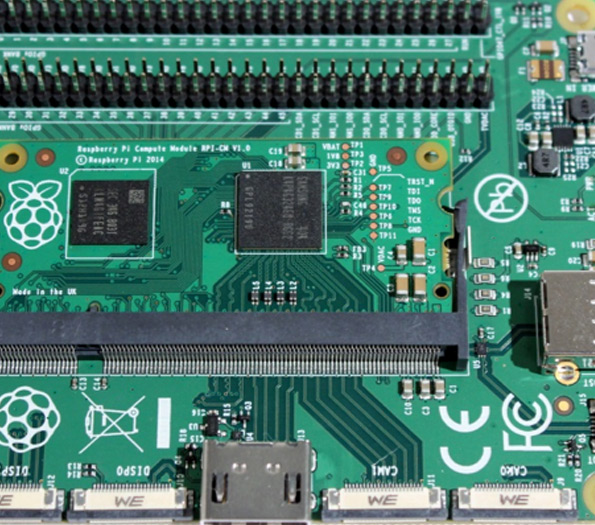

Understanding Soft Coat Low-E Glass Benefits and Applications
In the world of modern architecture and energy-efficient design, soft coat low-emissivity (low-E) glass has emerged as a vital material. Its unique properties make it an ideal choice for various applications, both residential and commercial. This article explores the benefits and functionalities of soft coat low-E glass, shedding light on why it is increasingly preferred by architects, builders, and homeowners alike.
What is Soft Coat Low-E Glass?
Soft coat low-E glass is manufactured using a more advanced process than its hard coat counterpart. The soft coat refers to the application of a thin, transparent metallic coating to the glass surface. This coating is typically made of silver and is applied in a vacuum chamber, which ensures a very precise and uniform thickness. This innovative approach results in glass with superior performance in terms of energy efficiency and solar control.
Enhanced Energy Efficiency
One of the primary advantages of soft coat low-E glass is its ability to reduce energy consumption. The glass works by reflecting heat back to its source while allowing visible light to pass through. In winter, it retains indoor warmth by reflecting heat back into the room. Conversely, in summer, it reflects solar heat away, helping to maintain a cooler indoor temperature. This dual functionality significantly reduces the reliance on heating and cooling systems, leading to lower energy bills and a smaller carbon footprint.
UV Protection

In addition to energy efficiency, soft coat low-E glass offers remarkable ultraviolet (UV) protection. This is particularly beneficial for homeowners and businesses that want to protect their interior furnishings, artworks, and flooring from fading over time. By blocking a significant portion of harmful UV rays, soft coat low-E glass helps maintain the aesthetic appeal and longevity of interior spaces.
Comfort and Condensation Control
Soft coat low-E glass also contributes to improved indoor comfort. The glass helps maintain a more consistent interior temperature by minimizing drafts and cold spots, creating a more pleasant living environment. Furthermore, it reduces the likelihood of condensation forming on the interior glass surface, which can lead to mold growth and other moisture-related issues. This is especially important in climates with significant temperature fluctuations.
Design Versatility
Another notable benefit of soft coat low-E glass is its versatility in design. It can be produced in various styles, including insulated glass units (IGUs), which comprise multiple layers of glass separated by airtight spacers. This enables architects and builders to incorporate large expanses of glazing into their designs without compromising on energy efficiency. Available in different tints and finishes, soft coat low-E glass also allows for creative expression in architectural design.
Conclusion
In conclusion, soft coat low-E glass represents a remarkable advancement in building materials, combining aesthetic appeal with superior energy efficiency and comfort. Its ability to reflect heat while allowing natural light to flood interiors makes it a smart choice for sustainable construction. Whether for residential homes or commercial buildings, soft coat low-E glass offers a range of benefits that contribute to a greener, more efficient future for our built environment. As awareness of sustainability grows, so too will the popularity of this essential building material.